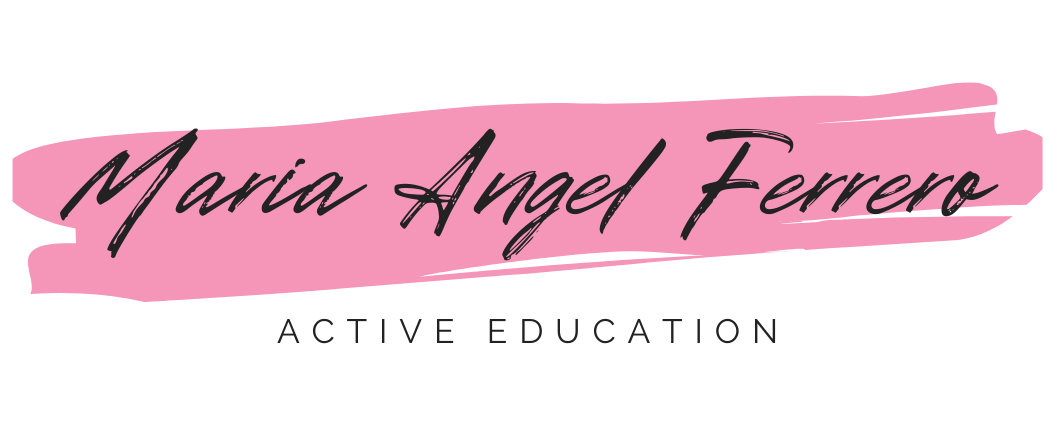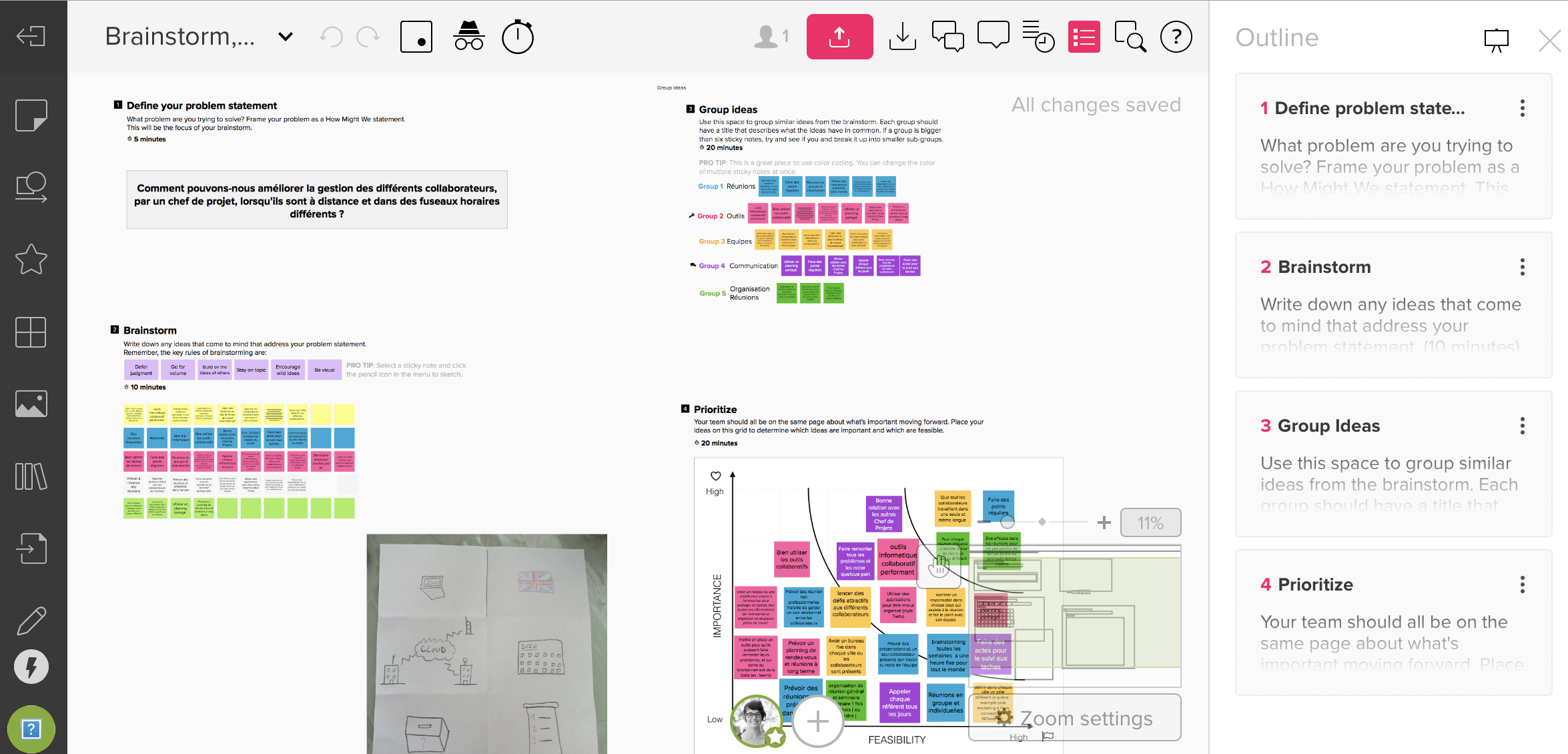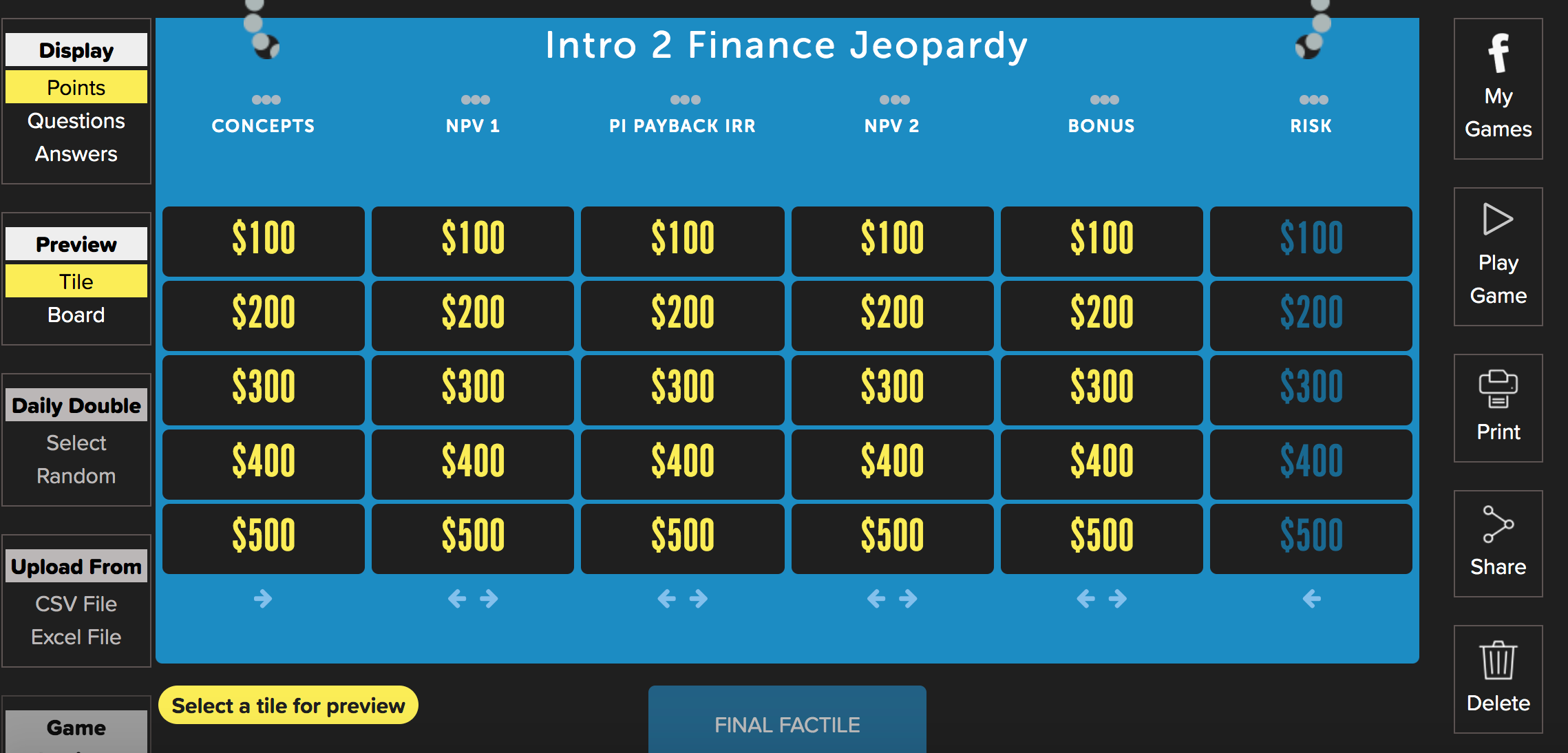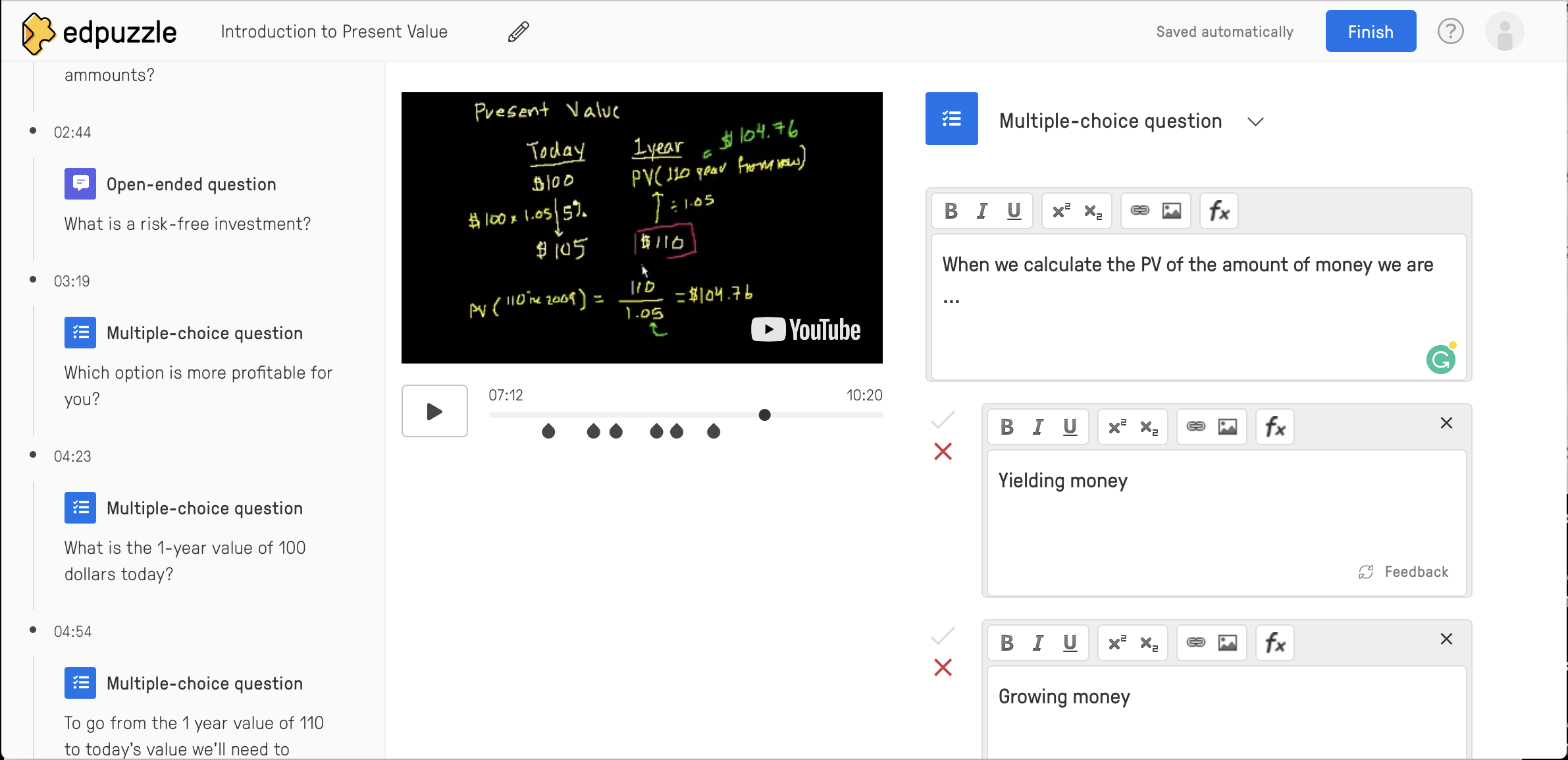How to conquer teaching during a pandemic
We have to recognize that educators have responded amazingly to the abrupt shift to online teaching. Of course, it hasn’t been easy, but in general terms, it all worked out pretty well.
I mean, we were agile.
We adapted and effectuate with the resources we had at hand and tried to continue providing our very best to our students. Other organizations couldn’t adapt that well. Many just closed down and went out of service.
We can criticize as much as we like, but let’s admit it, educators adapted fast. Chapeau.
However, we were reacting to a first-in-our-times pandemic. It caught us unnoticed. We had no choice. Adapt was our only option.
Now is time to prepare for the new normal. If we can call it normal.
A second wave of the pandemic is just around the corner. In the U.S. and South America, we are still struggling to control for the first wave.
So, no matter how much we miss our students and classrooms, we have to come around the idea that remote learning will be our new normal.
But we need to be prepared. If we want to keep our sanity and that of our students, we can’t continue functioning in an urgent-crisis-mode, not for long.
We need to think about more appropriate teaching and learning methods that encourage interaction, reflection, learning, skills development while still guaranteeing safety and health conditions to professors and students.
Below, I discuss why hybrid and flexible (Hyflex) approach is an exceptional alternative to 100% online or in-person teaching. I go through 4 crucial factors to consider when transitioning to Hyflex courses and how to provide an effective learning opportunity for all students.
Let’s begin by understanding what Hyflex is.
The Hyflex approach
The Hyflex (Hybrid-flexible) approach was first created by Brian Beatty who is Associate Professor of instructional technologies in the Department of Equity, Leadership Studies, and Instructional Technologies at San Francisco State University.
The idea behind the Hyflex method was to provide a bridge to a fully online program. A Hyflex program consist of hybrid classes — blending online and on-site participation modes — that provide a more flexible learning experience to students. While in a typical hybrid or blended course all students have to take part in both classroom and online sessions, Hyflex courses take into account also the possibility for some students to be 100% online or on-site. Hyflex programs allowed maximum student choice in participation mode. Students can decide for themselves which path is the “best” for them on a daily or weekly basis.
In short, the basis of Hyflex programs is to provide students with multiple forms of learning approaches: from the way content and information are presented, to the place they receive those contents, to the way we assess their knowledge.
The main difference between hybrid and Hyflex courses is the flexible component. That means that instead of building something, whether is class material or assessment activities, for just one mode (online or on-site) you build it so it’s adaptable for both modes. In this way, you are optimizing the effort and providing equal opportunities for learning to every and each student.
Example: Imagine that you were trying to fix your computer on your own. You have mainly three options: 1) you can call someone who knows how to repair it and explain to you how to do it, 2) you can check out on an online forum and follow the step-by-step instructions given by someone who has already repaired theirs, or 3) you can watch a YouTube tutorial and mirror the steps followed in the video. Probably the easier option would be to watch the YouTube tutorial. But it would also be nice if you had the written instructions to go through just in case you missed something, and why not had direct feedback from an expert to be sure you got it right. Well, that’s kind of the idea behind Hyflex.
Students as Active Learners
Contrary to traditional lecture-type teaching methods, the Hyflex approach is aimed to be student-centered. This means that students have an active role in their learning process and experience. As educators, our role is to encourage students to take full ownership of their learning, from the definition of their goals throughout the assessment of their outcomes. The role of the educator is to facilitate learning and not to impose or direct the lecture. Our major concern should lie on how to ensure our students meet their needs as learners and to adapt to the changing conditions and dynamics.
One of the four pillars of Hyflex courses is the “learners’ choice”. The idea is to give students a choice in how they complete course activities in any given week or subject. The fundamental goal of this approach is to provide flexibility to empower learners so they pursue and attain their learning outcomes in the best way.
Together with active pedagogy, Hyflex approach can only be successful if students, both online and in-person, are strongly involved in the dynamics and functioning of the course. The active role of learners should be part of the expectations of the course and need to be stated and well-established from the beginning. Consider assigning rotating roles to your students to assist you with the technology, the online discussion board, note-taking.
There are plenty of roles you can assign to your students to ensure the course and learning activities run smoothly.
You can also consider pairing or grouping students, so there is always at least one student from a group in class responsible to transfer knowledge and support to others in their group.
Active learning is not something reserved only for in-person classes. It is also suitable for remote and Hyflex approaches if you prepare well in advance the activities and ask your students to appropriate their learning process.
Having your students actively involved both in the activities and the functioning of the course will encourage them to engage with the course material and to understand the challenges of this kind of learning mode.
Asynchronous and Synchronous Student Engagement
Student engagement is by far the most critical aspect of any learning process. Without student’s engagement learning is ineffective, or not possible at all.
One of the biggest fears of shifting to hybrid, remote, or Hyflex teaching is not being able to connect with our students and to make our classes memorable.
In both remote and HyFlex classes it is crucial to establish a set of rules and expectations from the very beginning of your class. It’s important that the teacher and both in-person and online learners are on the same boat sharing a common goal: make the most of their learning together.
If this is not well-established from the first moment things can get really messy. In HyFlex classrooms, in particular, it is easy for remote students to disconnect and feel neglected by those taking part in the physical classroom. It is an enormous challenge for the educator to maintain effective communication and collaboration with both audiences. This is why it’s essential to plan for synchronous and asynchronous activities to ensure that all participation modes which lead to equivalent learning outcomes.
The key relies on how to mix distinct types of active learning activities that promote the interaction of both physical and remote learners. The aim of Hyflex is to provide equivalency and reusability of activities and resources that challenge the learner, regardless of their learning mode, to reflect upon the content and to contribute to the discussion.
Activities in both learning modes can be easily adaptable to other learning approaches and have great potential to strengthen the learner’s experience. Podcasts, video recordings, collaborative note-taking, and handouts, can be very effective both for remote and in-person students wishing to review after class. It also encourages peer-learning. The activities completed by remote learners, such as chats, forums, back-channel can of great support for in-person students and inversely.
The learning experience in Hyflex environments can be as good or even better than in the traditional physical classroom. Engaging students online is not much more difficult than engaging with them in a physical classroom. Online methods provide a wide range of alternatives to promote active learning and teamwork.
Skill and Knowledge Assessment
Another major challenge for any teaching approach is the assessment of student learning.
In a HyFlex environment, the challenge is twofold. First, we need to ensure we use techniques and tools appropriate for effective assessment both online and offline. Second, we need to coordinate the assessment activities that assure the equivalency, accessibility, and usability to all students, despite the place, the time, and the format in which learning takes place.
Traditional assessment methods are far from being a fair indicator of intelligence, knowledge, skills, or effort. And they don’t reflect the abilities and preparedness for work life.
As instructors, we need to reflect on how we can effectively evaluate student’s learning outcomes. We need to ask ourselves how the same learning outcome can be assessed both online and offline? We need to think of new approaches that are more flexible and appropriate to the environment in which learning takes place. Practices that promote reflection, learning, and skills development.
Assessing learning through group project reports, hybrid paired work, video presentations (delivered live or recorded and shared online), Backchannel discussions, Socratic seminars, blog posts and other forms of original assessment are often appropriate in all modes of instruction with very little changes needed.
We need to redefine students’ learning assessments.
Technology and Classroom setting
The main goal of Hyflex teaching is to provide students equal chances to learn and effectively participate in class activities regardless of their delivery mode (online or offline). The Hyflex approach is only effective and successful if the appropriate technology is put in place to back it up. Students, both online and offline, need to be equipped with proper hardware, software, networks, and the skills for using it. Remote learning will not be a possible alternative for a student who does not have reliable access to the internet. Accessibility is crucial. Thus, appropriate support from educators and institutions is essential for providing the appropriate environment to Hyflex teaching.
Classrooms need to be set up and equipped with image and sound capture technologies to support online learners. And both students and educators need to be proficient in the use of synchronous and asynchronous digital tools to collaborate. This technology includes videoconferencing systems, Integrated Learning Platforms, document collaboration, digital whiteboards, digital quizzes, and polls apps, collaborative annotation software, and backchannel discussion rooms.
The key to success relies on proper planning, in advance preparation, and access to the right tools.
Final thoughts
Hyper Flexible model goal is to provide an effective learning opportunity for all students, no matter where they are, and no matter the learning mode they choose.
But flexibility is only possible when all learners have proper access to it. This means that is not only about the content and information itself that has to be accessible to convenient technology and technical skills, so they have a legitimate choice to make.
Hyflex requires interactive and engaging class experience with innovative application of class content to provide optimal learning interactions. Content and activities that are easy to shift directly to fully online or fully offline and a mix in between. The main aim is to provide the most equitable delivery format to students that aligns with their needs and learning preferences.
However, shifting to Hyflex programs requires in advance and constant preparation and organization of pre-class content and coordination of both synchronous and asynchronous activities. The main challenge is to align both types of learners and instructors toward the same goal: effective collaborative learning.
Resources
Abdelmalak, M. M. M., & Parra, J. L. (2016). Expanding learning opportunities for graduate students with HyFlex course design. International Journal of Online Pedagogy and Course Design, 6(4), 19–37.
Beatty B. (2012). Hyflex course design: The advantages of letting students choose the blend. Online Learning Collective.
Beaty, Brian J. Ed. (2019) Hybrid-Flexible Course Design Implementing student-directed hybrid classes, EdTech Books.
Bruff, Derek. (2020). Active Learning in Hybrid and Socially Distanced Classrooms, Vanderbilt Center for Teaching.
CNDLS. (2020). Guidebook: HyFlex Teaching, Instructional Continuity at Georgetown.
Hyflex (HELIX) Implementation at Harvard Division of Continuing Education: https://teach.extension.harvard.edu/helix
HyFlex Course Design Model with Brian Beatty (2020), Think UDL Podcast.
HyFlex Course Development Guide (2018). Cambrian College Teaching & Learning Innovation Hub.
“Hyflex Learning with David Rhoads” (2020). Teaching in Higher Ed Podcast.
Leijon, M., & Lundgren, B. (2019). Connecting physical and virtual spaces in a HyFlex pedagogic model with a focus on teacher interaction. Journal of Learning Spaces; 1, 8.
Miller, J.B., Risser, M.D. & Griffiths, R.P. (2013). Student Choice, Instructor Flexibility:
Moving Beyond the Blended Instructional Model. Issues and Trends in Learning Technologies, 1(1).
Sowell, K., Saichaie, K., Bergman, J., & Applegate, E. (2019). High Enrollment and HyFlex: The Case for an Alternative Course Model. Journal on Excellence in College Teaching, 30(2), 5–28.
Talbert, R. (2020). Research report: Experiencing the hyflex model. Robert Talbert, PhD.
What To Expect in a HyFlex Course: A Faculty Handbook. (2017) Texas A&M University.









